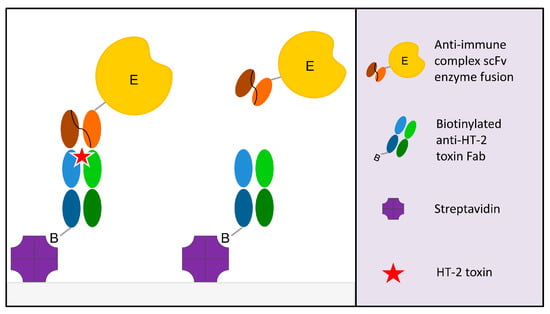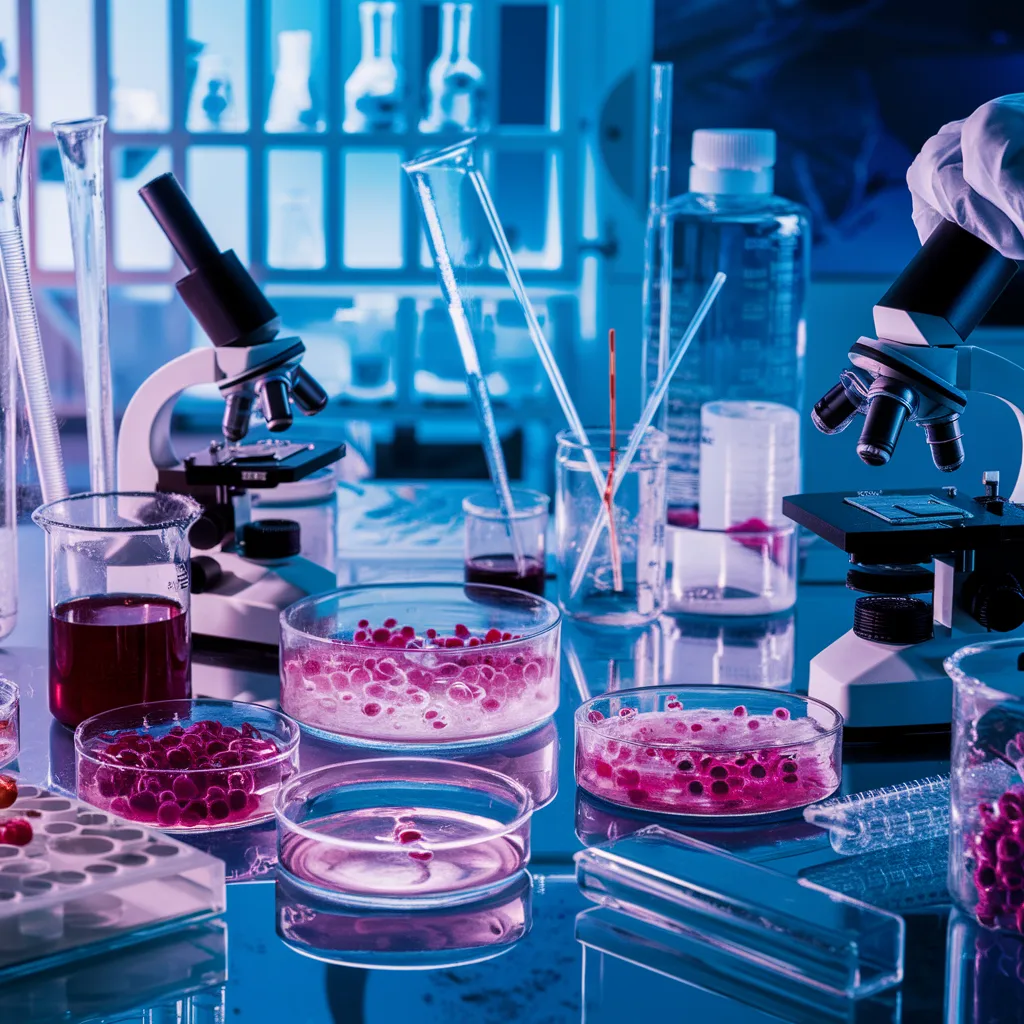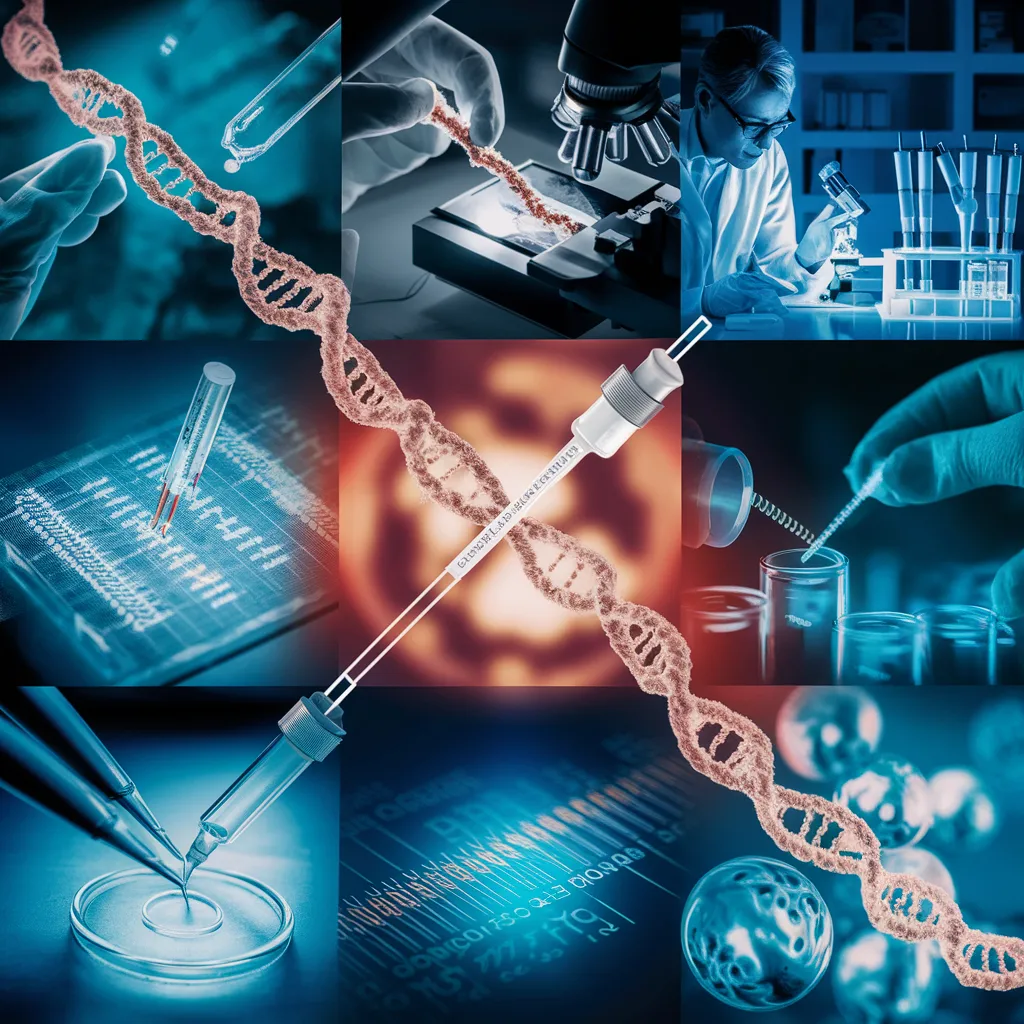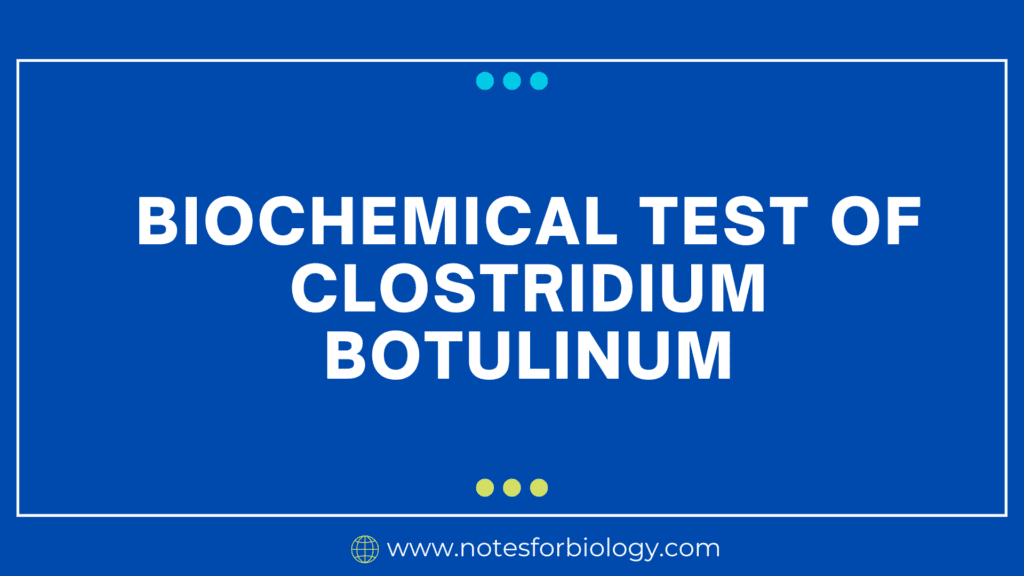Clostridium botulinum biochemical assays are critical for detecting and characterizing the bacteria, especially in clinical and food safety contexts. These tests include toxin detection, bacterial isolation, and biochemical characterisation. Clostridium botulinum biochemical tests are laboratory procedures that employ the bacterium’s biochemical characteristics and toxins to identify and characterize it. These assays are critical for diagnosing botulism, determining the presence of C. botulinum in clinical and environmental samples, and distinguishing it from other bacteria.
Table of Contents
What is Clostridium botulinum?
Clostridium botulinum is a prominent medicinal bacteria, well known for producing the botulinum neurotoxin, which causes botulism, a rare but severe paralytic disease. Clostridium botulinum biochemical assays are critical for detecting and characterizing the bacteria, especially in clinical and food safety contexts.
The key biochemical tests used for C. botulinum
1. Toxin Detection

Mouse bioassay:
A conventional and highly sensitive method for detecting botulinum toxin involves watching its effects on live mice.
Explanation: This test includes injecting mice with a sample suspected of containing botulinum toxin. The mice are then observed for botulism signs, such as paralysis and respiratory distress. If the poison is present, the mice will either show these signs or die. This test is extremely sensitive, yet it raises ethical considerations due to the use of live animals.
The enzyme-linked immunosorbent assay (ELISA):
Definition: A biochemical assay that uses antibodies to detect the presence of certain antigens, such as botulinum toxin.
Explanation: In ELISA, the material is treated with antibodies that are specific to the botulinum toxin. If the toxin is present, it will interact with these antibodies. An enzyme-linked secondary antibody is then added, which reacts with a substrate to generate a discernible color shift. This color shift suggests the presence of a poison.
2. Isolation and Identification
Anaerobic Culture:
Definition: A method for growing and identifying germs that flourish without oxygen, such as Clostridium botulinum.
Explanation: Samples are inoculated into selective media that promote the development of anaerobic bacteria and incubated in an oxygen-free environment. The colonies are then evaluated for C. botulinum-specific characteristics like as appearance and shape. This culture procedure is necessary to confirm the presence of the bacterium.
3. Biochemical Tests
Gram staining:
Definition: A differential staining technique that divides bacteria into gram-positive and gram-negative groups depending on their cell wall composition.
Explanation: In this process, bacterial cells are stained with crystal violet dye, then iodine, a decolorizer, and a counterstain (safranin). Gram-positive bacteria, such as C. botulinum, retain the crystal violet stain and appear purple under the microscope, but gram-negative bacteria do not, appearing pink.

Sugar Fermentation Tests:
Definition: Tests that determine a bacterium’s ability to ferment different carbohydrates, resulting in acid and/or gas.
Explanation: C. botulinum is inoculated into media containing various sugars, including glucose, lactose, and mannitol. Following incubation, the media is examined for any changes, such as color changes caused by acid formation or the presence of gas bubbles. These reactions help to describe the bacterium’s metabolic capabilities.
Lecithinase and lipase activity:
Definition: Enzymatic tests that detect lecithinase and lipase activity, which are found in specific Clostridium species.
Explanation: In the lecithinase test, the bacterium grows on egg yolk agar. The presence of an opaque halo surrounding the colonies indicates lecithinase activity. The lipase test likewise employs egg yolk agar, with lipase activity shown by the appearance of an iridescent sheen on the agar surface. These actions aid in identifying and differentiating C. botulinum from other bacteria.
4. Molecular Methods

Real-Time PCR:
Definition: A quantitative PCR technique for real-time detection of DNA amplification.
Explanation: Fluorescent probes are used in real-time PCR to monitor target DNA sequence amplification throughout each PCR cycle. This method allows rapid and specific detection of C. botulinum genes, providing real-time data and quantification of the bacterial load in a sample.
Frequently Asked Question
What is Clostridium botulinum?
Clostridium botulinum biochemical assays are critical for detecting and characterizing the bacteria, especially in clinical and food safety contexts.
What are the key biochemical tests used for C. botulinum?
The key biochemical tests used for C. botulinum are:
1. Toxin Detection
2. Isolation and Identification
3. Biochemical Tests
4. Molecular Methods
Related Article

